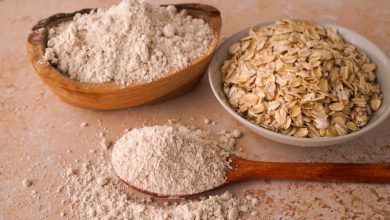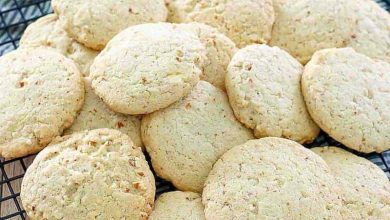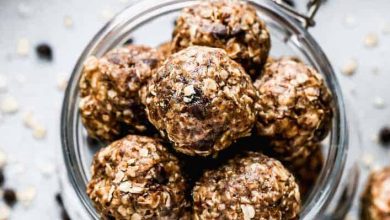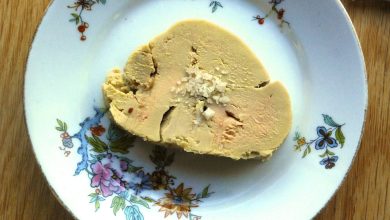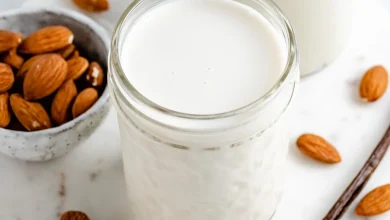Cultured Low-Fat Buttermilk (Fluid)
Nutritional Information
| Nutrient | Amount |
|---|---|
| Energy | 40 kcal |
| Protein | 3.31 g |
| Total Fat | 0.88 g |
| Saturated Fats | 0.548 g |
| Carbohydrates | 4.79 g |
| Fiber | 0.0 g |
| Sugars | 4.79 g |
| Calcium | 116 mg |
| Iron | 0.05 mg |
| Magnesium | 11 mg |
| Phosphorus | 89.0 mg |
| Potassium | 151 mg |
| Sodium | 190 mg |
| Zinc | 0.42 mg |
| Copper | 11 mcg |
| Manganese | 0.002 mg |
| Selenium | 2.0 mcg |
| Vitamin C | 1.0 mg |
| Thiamin (Vitamin B1) | 0.034 mg |
| Riboflavin (Vitamin B2) | 0.154 mg |
| Niacin (Vitamin B3) | 0.058 mg |
| Vitamin B6 | 0.034 mg |
| Folate | 5.0 mcg |
| Vitamin B12 | 0.22 mcg |
| Vitamin A | 14.0 mcg |
| Vitamin E | 0.05 mg |
| Vitamin D2 | 0.0 mcg |
Allergen Information
This cultured low-fat buttermilk is generally safe for most consumers but may not be suitable for individuals with a dairy allergy or lactose intolerance. It is important to check for any specific sensitivities.
Dietary Preferences
Cultured low-fat buttermilk is suitable for those following a low-fat diet and can be incorporated into various recipes, including dressings, marinades, and baked goods, for added moisture and tangy flavor.
Advice
When using buttermilk in recipes, it can serve as a wonderful tenderizer for meats or a leavening agent in baked goods due to its acidity. For those who may not have buttermilk on hand, a quick substitute can be made by mixing regular milk with a tablespoon of vinegar or lemon juice, letting it sit for a few minutes to curdle.
Conclusion
Cultured low-fat buttermilk is a versatile ingredient that not only enhances the flavor of many dishes but also provides a modest amount of nutrients, making it a valuable addition to any kitchen. Whether you’re baking, cooking, or creating creamy dressings, its low-calorie profile combined with its tangy taste can elevate your culinary creations.



